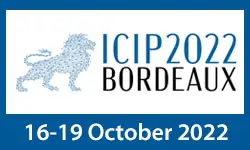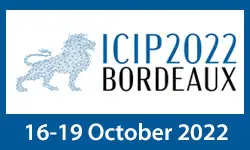Accelerating A Morphology-Preserving Adsorption Model By Deep Learning
Adam Hammoumi, Maxime Moreaud, Elsa Jolimaitre, Thibaud Chevalier, Michaela Klotz, Alexey Novikov
-
Members: FreeSPS
IEEE Members: $11.00
Non-members: $15.00Length: 00:14:57
19 Oct 2022
Registration of longitudinal optical coherence tomography(OCT) images assists disease monitoring and is essential in image fusion applications. Mouse retinal OCT images are often collected for longitudinal study of eye disease models such as uveitis, but their quality is often poor compared with human imaging. This paper presents a novel framework involving an optimal transport based graph matching method for 3D mouse OCT image registration. We first perform registration of fundus-like images obtained by projecting all b-scans of a volume on a plane orthogonal to them, hereafter referred to as the x-y plane. We introduce Adaptive Weighted Vessel Graph Descriptors(AWVGD) and 3D Cube Descriptors(CD) to identify the correspondence between nodes of graphs extracted from segmented vessels within the OCT projection images. The AWVGD comprises scaling, translation and rotation, which are computationally efficient, whereas CD exploits 3D spatial and frequency domain information. The correct alignment is in the x-y plane subsequently performed . Finally, registration along b-scans(the z-direction) is guided by the segmentation of two anatomical features peculiar to mouse b-scans, the internal Limiting Membrane and the hyaloid remnant. Both subjective and objective evaluation results demonstrate that our framework outperforms other well-established methods on mouse OCT images within a reasonable execution time.



